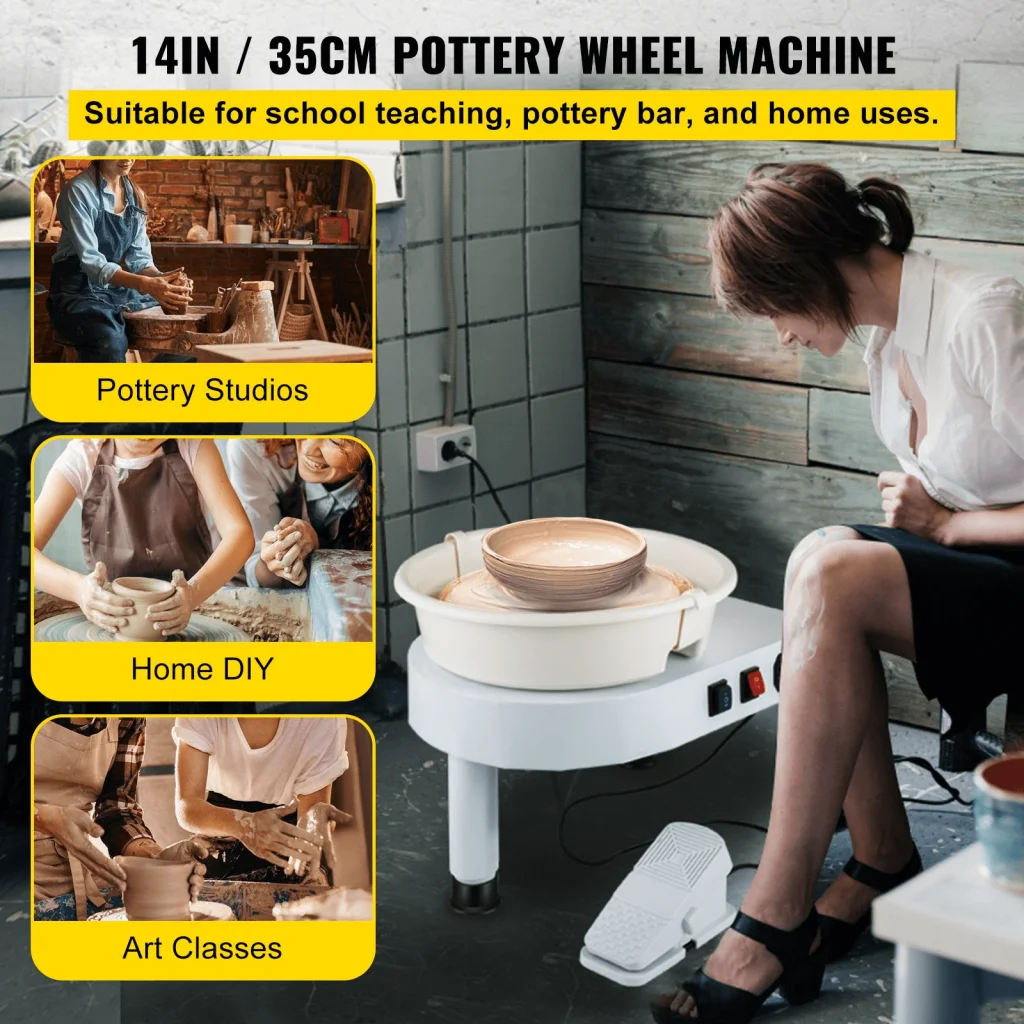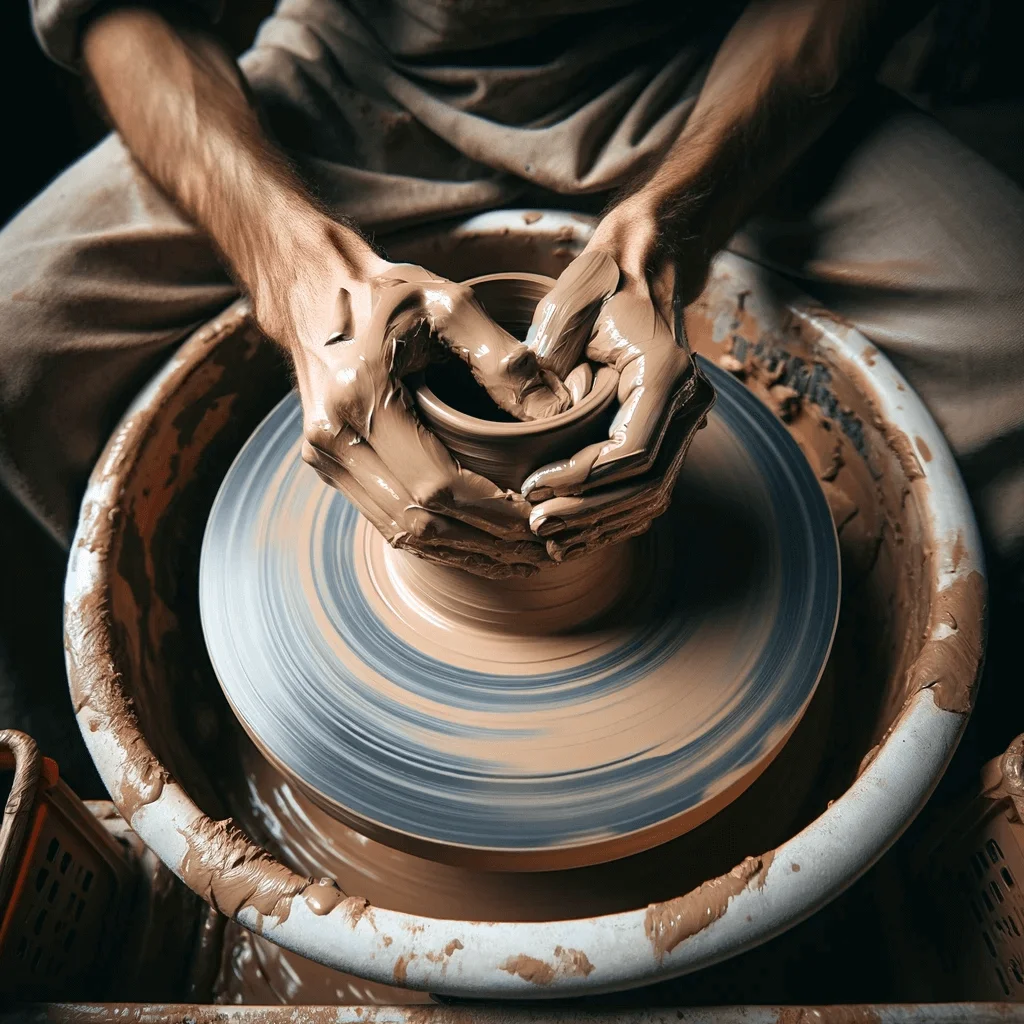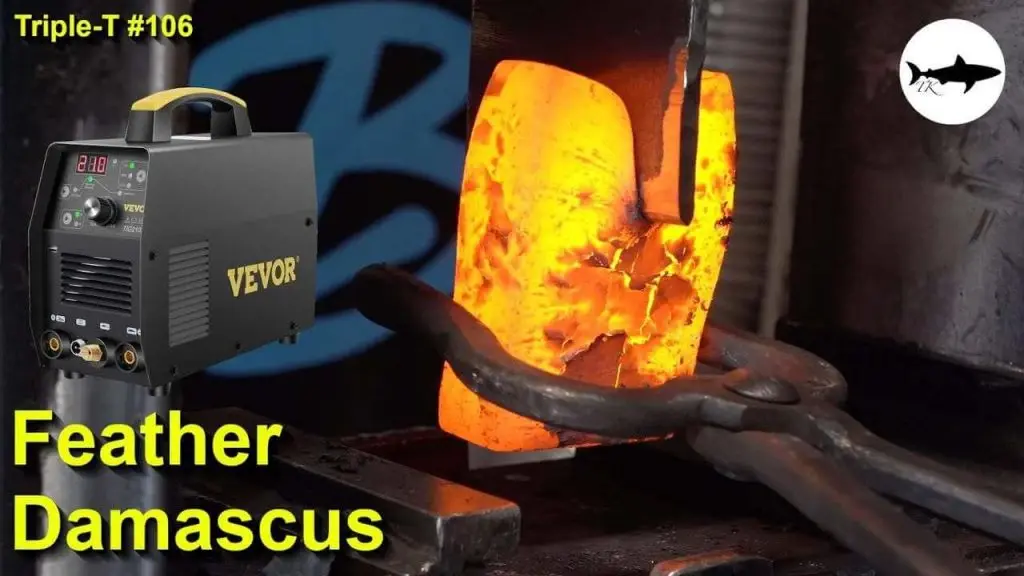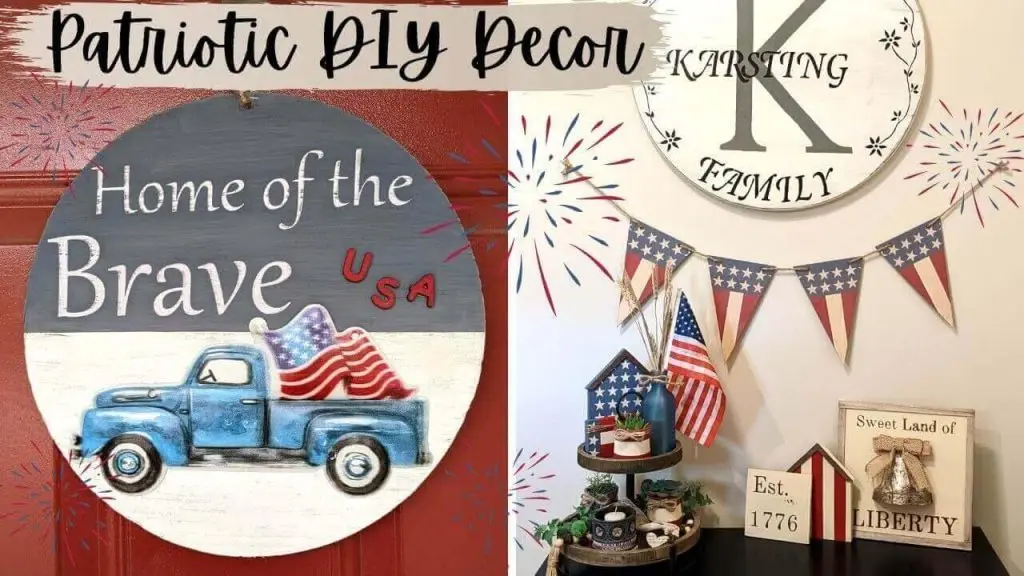A staple of the pottery world is the bat, and by necessity, the bat pin. Today, we’re going to help you find out everything there is to know about how to add bat pins to pottery wheels.
Table of contents
- How to Add Bat Pins to Pottery Wheel: The Basics
- The Basics of the Pottery Wheels
- Selecting the Right Type of Bat Pin for Your Needs
- Step-by-Step Guide on How to Add Bat Pins to a Pottery Wheel
- Making Sure the Bat is Aligned and Secured
- Common Issues and Solutions
- FAQs About How to Add Bat Pins to a Pottery Wheel
How to Add Bat Pins to Pottery Wheel: The Basics
Using bat pins with your pottery wheel can be very beneficial, and installing them is relatively easy too. The fact is that bat pins help potters increase stability and the consistency of their finished pieces.
For those who don’t know, bat pins are small pins, often made of metal, which are placed in the pottery wheel and used to secure bats, which are the flat surfaces where the clay is worked on. Bats are very important for throwing large pottery pieces or repeats of the same item.

Benefits of Using Bat Pins on Pottery Wheels
Using bat pins in pottery has a variety of benefits and advantages worth talking about, so let’s do that right now.
They’re Stable
One of the biggest benefits of using bat pins is that they are very stable. They help to secure the bat in place very firmly, thus minimizing movement and wobbling, which is important for working on larger pieces.
They’re Simple
Another benefit that you get with a bat pin is that it is very easy to use. The fact is that changing bats can be difficult, but by using the right bat pin, it becomes much easier, especially if you have to work on several projects.
Consistency
The fact is that if you need to reproduce the same thing multiple times, then using a bat pin can be very helpful, because it makes sure that your bats are always placed the same way.
Protection
Bat pins are also useful because they help provide the bat with some protection. Constantly changing bats can damage them, but the right pins can make all of the difference on this front.
The Basics of the Pottery Wheels
There are different types of pottery wheels to consider, so let’s take a quick look at them, and if they are compatible with bat pins.
Types of Pottery Wheels and Their Compatibility with Bat Pins
Electric pottery wheels usually always have pre-drilled holes that can handle bat pins.
Kick wheel pottery wheels may or may not be compatible, although they can usually be altered to accept them.
Portable or tabletop pottery wheels may or may not have bat pin holes, and some may require modifications.
Preparing your Wheel for Bat Pin Installation
Follow the steps as listed below to prepare your wheel for bat pin installation.
- Check if the wheel in question already has holes.
- If you need to drill holes, make sure that they align with the placement of the holes on the bat.
- Measure and mark the position and relative distance of the holes on the bats, and then transfer these measurements to the wheel head.
- Drill the holes using the appropriate tools.
- Clean away any debris so that there is nothing inside of the holes.

Selecting the Right Type of Bat Pin for Your Needs
There are a few different types of bat pins that you need to be aware of, each of which has its own benefits and drawbacks. Depending on what your needs are, you might choose one or the other, so let’s take a quick look.
Different Types of Pins
- Standard: The standard bat pin is compatible with virtually any type and size of pottery wheel, and these usually have the pins set at equal or standard distances from each other. These are used very commonly.
- Removable Bat Pins: There are some bat pins that can be removed, which is ideal because they can be taken off the unit when you don’t need them, something that standard pins may not allow for.
- Niche Pins: There are some pottery wheel and accessory brands out there that produce bat pins that are designed to fit only their specific models of pottery wheels.
Factors to Consider When Selecting Bat Pins
When you are choosing bat pins for your pottery wheel, there are several main considerations that you’.
- Size: The size of the pin is very important to consider, because the pins need to be the same size as the holes in the bats, and they also need to match the spacing of the wheel head.
- Material: If you only need something for occasional use, and don’t want to spend too much money, then using plastic is fine, although metal bat pins are always far more durable.
- Wheel Type: Not all bat pins are compatible with all pottery wheel types, so ensure that yours are compatible with each other. Pottery wheel types like this one from VEVOR should work just fine.
Step-by-Step Guide on How to Add Bat Pins to a Pottery Wheel
Installing bat pins properly is perhaps the most crucial part of this process, so let’s go over a step by step guide on how to do this.
Tools and Materials Needed for Installation
- Drill and the right drill bit
- The bat pins of your choosing
- A marking utensil
- Ruler or tape measure
- Pliers or wrench
Step-by-Step

- Measure the distance between the holes on the bat you are using. You need to be very precise with this process, because even small mistakes can lead to big issues.
- Use a marker or pen to transfer these measurements onto the wheel head. This is a very important step.
- Ensure that all of the points are aligned symmetrically with the middle of the wheel head. Use a ruler to draw a series of lines from the wheel head’s edge to the center to make sure that everything aligns.
- Choose the right drill bit according to the size of the bat pins you are using. The hole should be just slightly larger than the bat pin itself.
- Make sure to drill in a steady manner while keeping the drill upright. Keep applying steady pressure, but not too much, or else you may damage the wheel head. Clean up any debris.
- You can now insert the bat pins into the newly drilled holes. If the holes are too tight, use the appropriate tools to make them a bit bigger.
- Pull on the pins slightly to ensure that they are secure and in place.
Making Sure the Bat is Aligned and Secured
Making sure that the bat is properly aligned and secured on the pins is very important to the overall success of this project, so let’s figure out how to do that right now. If the bat doesn’t sit against the wheel head properly, you’ll experience rocking or wobbling.

How to Correctly Place and Secure a Bat on the Newly Installed Pins
Here is how to correctly place and secure a bat on those pins.
- Make sure that everything is properly aligned. Misaligned pins can cause great issues with the functionality of your pottery wheel.
- Make sure that you have the right kind of bat for the type of project that you plan on working on. The bat needs to have holes that match the placement of the pins. Make sure that the holes do not have debris in them.
- Very carefully align the bat pins on the wheel head with the holes in the bat. You need to be very precise when doing so, which means taking your time and working slowly.
- You can now gently place the bat on the pins. It should slide on without issue. If there is a lot of resistance, the holes might not be the right size.
- Just give it all a little push or nudge to make sure everything is properly connected and secure.
Tips for Ensuring Proper Alignment and Stability
Here are some valuable tips to ensure that you achieve proper alignment and stability.
- Always measure twice and drill once. The most important part of this process is accuracy.
- Make sure that you are using the right kinds of bats for the pottery wheel in question.
- Be gentle when putting the bats on the pins. If you use force, you might break something.
Common Issues and Solutions
There are some common issues you may be faced with when it comes to installing bat pins on a pottery wheel, so let’s take a look.
- Damaged Parts: Pins can get damaged and bent, with the solution being to simply get new ones.
- Misalignment: If the holes aren’t properly aligned, you’ll need to fill them in and re-drill them in the appropriate locations.
- Loose Pins: Another common issue is the loose pin. If the pins are loose, either get different pins or use some sort of threadlocker.
Maintenances Tips for Bat Pins and Associated Parts
- Here are a few valuable maintenance tips to follow to keep your pottery wheel, bat pins, and other parts in good shape.
- Clean the pottery wheel, the bats, and the pins on a regular basis. Maintaining cleanliness is key to the longevity of the setup.
- Metal bat pins can rust, so do everything you can to keep them dry. If they rust, you may need new ones.
- Inspect the bat pins on a regular basis to make sure that they are in good condition.
FAQs About How to Add Bat Pins to a Pottery Wheel
Here are some answers to some of your most frequently asked questions about pottery wheels.
Can bat pins be added to any type of pottery wheel?
The vast majority of pottery wheels should allow for bat pins to be added, but it does really depend on the specific wheel. They should work on models such as the VEVOR Pottery Wheel.
How do I determine the right size of bat pins for my wheel?
To determine the right size, just measure the distance between the holes on your bat.
What should I do if the bat pins become loose or misaligned?
If the pins become loose, use pliers to tighten them. In other situation, if the pins are damaged, they will need to be replaced. If the pins aren’t aligned properly, you may need to redrill the holes and replace the pins.
Are there alternatives to bat pins for attaching bats to pottery wheels?
There are some alternatives to using bat pins for attaching bats to pottery wheels. These include bat mats, clay wads, magnetic systems, adhesive Velcro, and custom-made systems.
Conclusion
Don’t forget that bat pins can be very useful for pottery wheels, and if you’re looking for some of the best pottery wheels around, then don’t hesitate to check out VEVOR!





